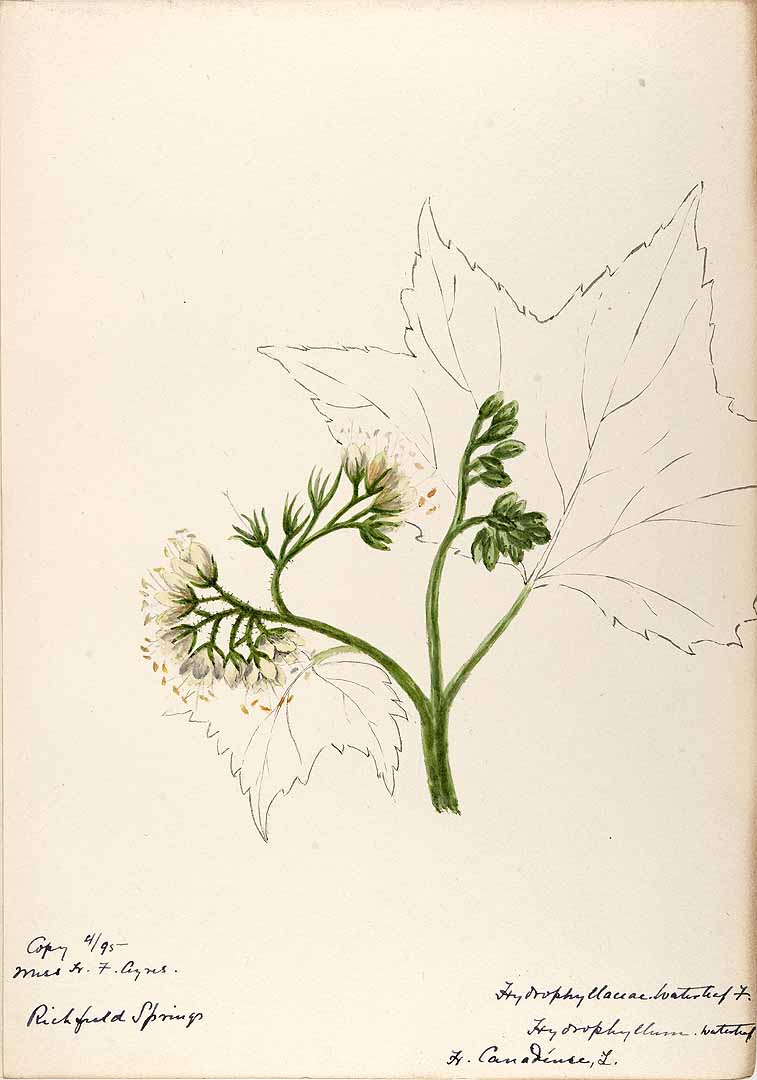! Nouveau site ici !
Vita > Plantae > Magnoliophyta > Magnoliopsida > Lamiales > Boraginaceae > Hydrophyllum
![Illustration Hydrophyllum canadense, Par Edwards, S.T., Botanical Register (1815-1828) Bot. Reg. vol. 3 (1817) [tt. 178-263] t. 242, via plantillustrations Illustration Hydrophyllum canadense, Par Edwards, S.T., Botanical Register (1815-1828) Bot. Reg. vol. 3 (1817) [tt. 178-263] t. 242, via plantillustrations](../inc/images/illustrations/hydrophyllum_canadense.jpg )
![Illustration Hydrophyllum canadense, Par Edwards, S.T., Botanical Register (1815-1828) Bot. Reg. vol. 3 (1817) [tt. 178-263] t. 242, via plantillustrations Illustration Hydrophyllum canadense, Par Edwards, S.T., Botanical Register (1815-1828) Bot. Reg. vol. 3 (1817) [tt. 178-263] t. 242, via plantillustrations - Fermer](../inc/images/illustrations/hydrophyllum_canadense.jpg ) suivante
suivante




| Taux d'humidité | Énergie (kj) | Énergie (kcal) | Protéines (g) |
| / | / | / | / |
| Pro- vitamines A (µg) |
Vitamines C (mg) | Fer (mg) | Zinc (mg) |
| / | / | / | / |

